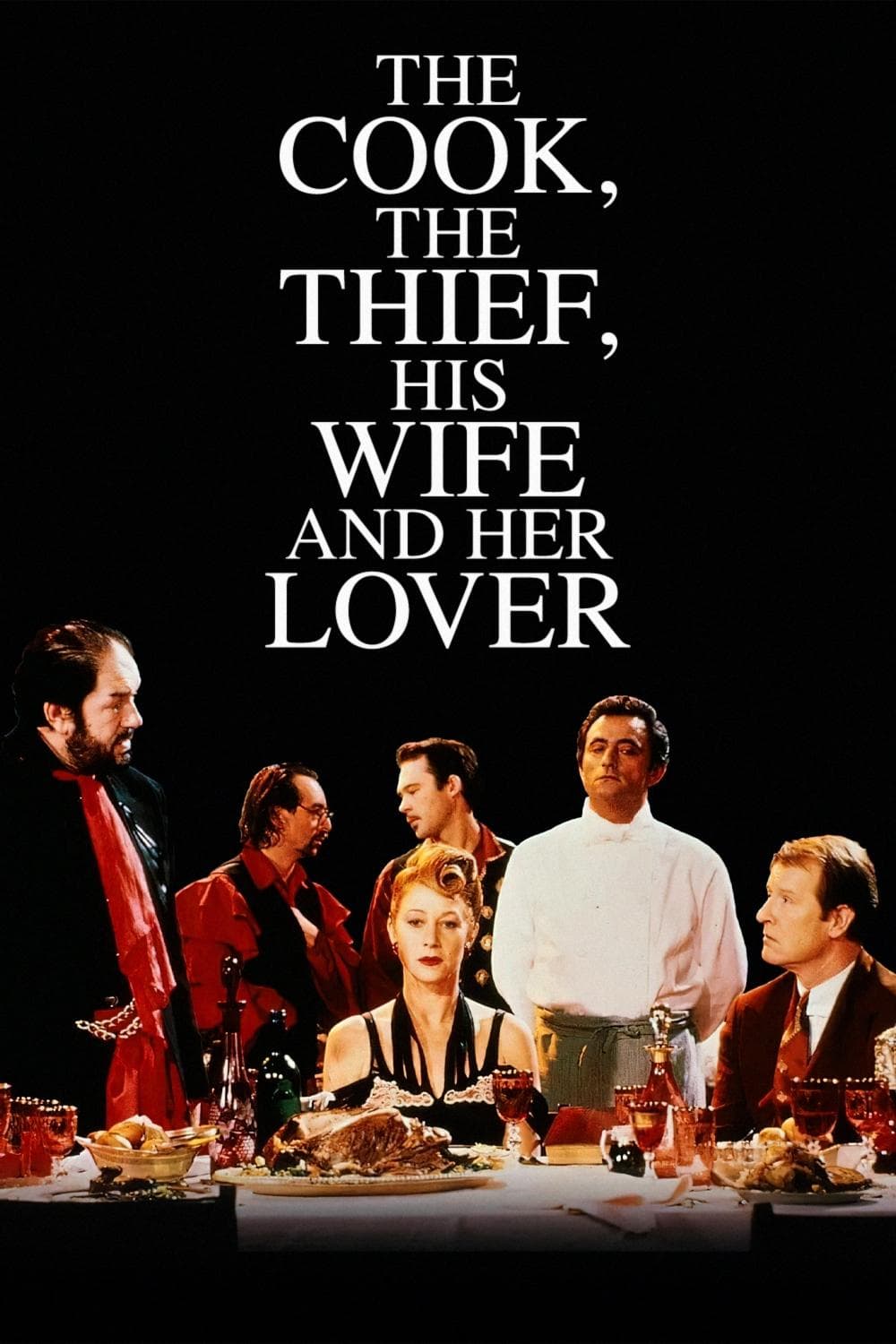
The Cook, the Thief, His Wife & Her Lover
1989
Rate this movie
Average: 5.00 / 5
(2 votes)
Director
The title of this movie, in its prosaic linearity, almost betrays the dizzying visual and thematic complexity Greenaway has in store for us, as if its nominal immediacy sought to disguise the sumptuous stratification of significations and its intrinsic nature as a total work of art.
Yet, Peter Greenaway, despite this, gifts us with a splendid film, saturated with metaphors, iridescent colors, epic characters, Dionysian kitchens, and Lucullan feasts. It is a totalizing sensory experience, an immersion into a universe where every detail is charged with an almost esoteric symbolism, a stage for a work that transcends narrative to become archetype, a modern parable about barbarity and civilization, vengeance and redemption.
Greenaway's cinema is a procession of visual suggestions like poignant epiphanies, a chromatic whirlwind that strikes the viewer's attention like a hammer and instantly converts into emotion, into language. Here, with rare power, his profound pictorial matrix manifests itself; it is no coincidence that the director began his career as a visual artist, and The Cook, The Thief, His Wife & Her Lover is perhaps his most ambitious chromatic cathedral. Every shot is a meticulously composed canvas, an ode to 17th-century Flemish and Dutch painting, particularly to the banquets and still lifes that the director loves to quote and reinterpret. The references to Vermeer, Rembrandt or, more explicitly, to Frans Hals, are not mere embellishments, but keys to deciphering the opulence, decadence, and brutality underlying the aesthetic. Greenaway creates environments where space is not merely scenery, but a mute character, a container that reflects and amplifies the psychologies and destinies of its occupants, a tradition rooted in Baroque theatre and moral allegories.
Every scene is constructed to communicate without the need for words; thus, in one sequence, we see the characters moving about in a scarlet red bathroom, only to discover that the bathroom is actually dazzling white, and the passion of the previous scene subsides into reflection. This chameleonic use of color is not only scenic but narrative and psychological: the hues change as soon as characters cross thresholds, symbolizing their states of mind, their actions, and the moral zones they are occupying. From the primordial red of the dining room, a symbol of lust and impending violence, to the green of the kitchen, a realm of disgust and preparation, to the blue of the bedroom evoking intimacy and melancholy, and the blinding white of the bathroom, which purifies or reveals the truth. It is a chromatic progression that accompanies the characters' interior and exterior journey, a sensory labyrinth where color becomes a code of conduct, a premonition of what is to come.
The kitchen is filled with objects, food, dishes, workers, cooks, with the wonderful boy treble voice of the small scullery boy singing the Miserere for all those working there in the background. An angelic chorus that starkly contrasts with the carnality and debauchery pervading the rest of the restaurant, almost a voice of conscience or a lament for the corruption of the human soul consuming itself within those walls. Food itself, from a symbol of pleasure and abundance, gradually transforms into a vehicle of degradation, violence, and finally, vengeance, in an exploration of taboo and cannibalism reminiscent of the atrocities of Count Ugolino of Dantean memory, an allegory of hunger not only physical but for power and justice.
The restaurant's main hall is steeped in a penetrating red, with an immense painting by Frans Hals, The Banquet of the Officers, looming over the diners. A work that Greenaway himself defined as one of his primary inspirations, not only for its composition but for its representation of a male, opulent, and self-referential society, precisely like that embodied by the boss Albert Spica, who stands at the head of his own grotesque banquet of barbarism, aping the rituals of high society while revealing its underlying putrefaction.
The story is first and foremost a clandestine love affair between two restaurant patrons: a timid librarian and the wife of a crime boss, a man of unparalleled vulgarity and brutality. Michael Gambon delivers a memorable performance as Albert Spica, a character embodying the tyranny of ignorance and arrogance. His gluttony is not only physical but cultural and existential; he devours everything, from food to books, from people to art, with the same insatiable and destructive brutality. He is the Barbarian who erupts into sophistication, the chaos that subjugates order, and his banquet is an exhibition of his hollow, yet powerful, supremacy.
All three are regular patrons of the restaurant and, each in a different way, enjoy the delicacies served by the cook and owner. The relationship between Georgina (Helen Mirren, in a role that cemented her stature as a daring and complex actress) and Michael (Alan Howard, an incarnation of intellectual fragility) is a faint attempt at redemption, a flower blossoming in the squalor of vulgarity. It is a story of escape, of the search for beauty and knowledge in a world dominated by brute force, a silent rebellion against the oppression of a man who is a metaphor for an entire society.
The love story, furtively begun in the restaurant's bathroom, will be brutally interrupted by the betrayed boss, who has his wife's lover killed by force-feeding him torn-out book pages. An act of destruction not only physical but symbolic, the annihilation of knowledge and refinement by barbarism, sealing Michael's fate as a martyr of intellect. This act of violence, among the most shocking in Greenaway's filmography, sets the stage for the inevitable catharsis, an explosion of pain and determination that will transform the victim into the most merciless of avengers.
The wife will prepare her fierce vengeance by having the cook prepare the lover's corpse and serving it to the killer. An extreme act of vengeance that recalls the most gruesome Greek tragedies or the myths of Cronus devouring his children, pushing the concept of poetic justice to the limit of visceral horror. It is the final, shocking course of a banquet of cruelty and liberation, where the profaned body of knowledge transforms into the ultimate means of punishment. Georgina elevates herself from silent victim to a titanic figure, orchestrating a retribution that is simultaneously a supreme act of love and an act of merciless justice. Her transformation, from passive object of violence to active subject of vengeance, is a powerful commentary on female resilience and the human capacity to overcome pain with an ineluctable ferocity, transcending the limits of decorum and conventional morality to assert a form of primordial justice.
A work of truly unmatched stylistic sophistication: as often happens with Greenaway's cinema, one has the impression of witnessing the construction of an imposing iconographic Temple, an edifice of such perfection that one remains astonished watching it for hours, entranced by its beauty. But beyond pure aesthetics, the film is a fierce and uncomfortable examination of society, an allegory of the struggle between art and brutality, between intellect and the vilest instinct. Its formal and thematic audacity has made it a cult classic, a work that, while divisive, has never ceased to provoke and fascinate. The Cook, The Thief, His Wife & Her Lover is not just a film, but a cathartic experience, a pagan rite of beauty and horror that imprints itself indelibly on the viewer's memory, leaving a bitter and sublime aftertaste of flesh, blood, and rebellion.
Genres
Countries
Gallery
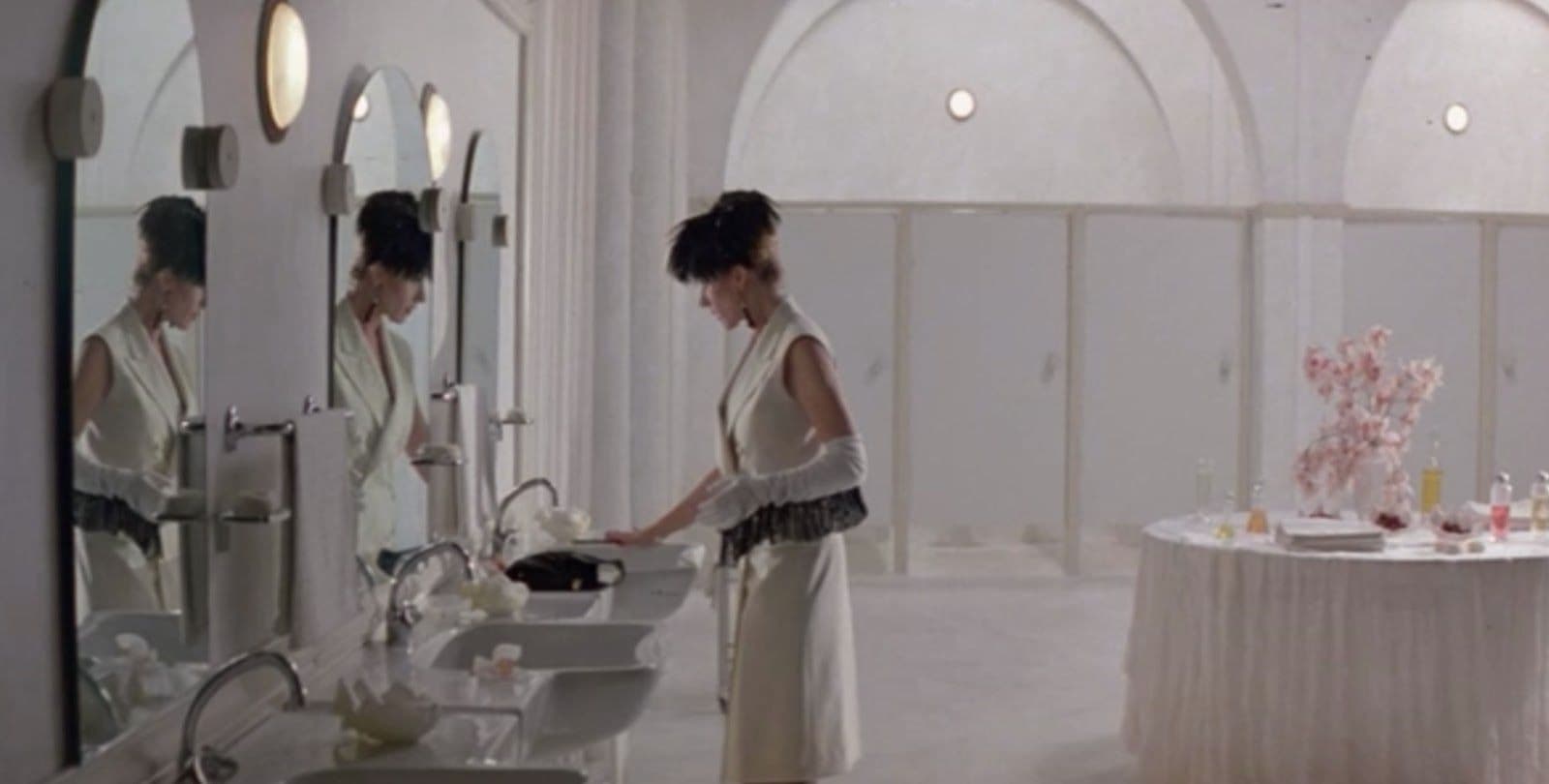
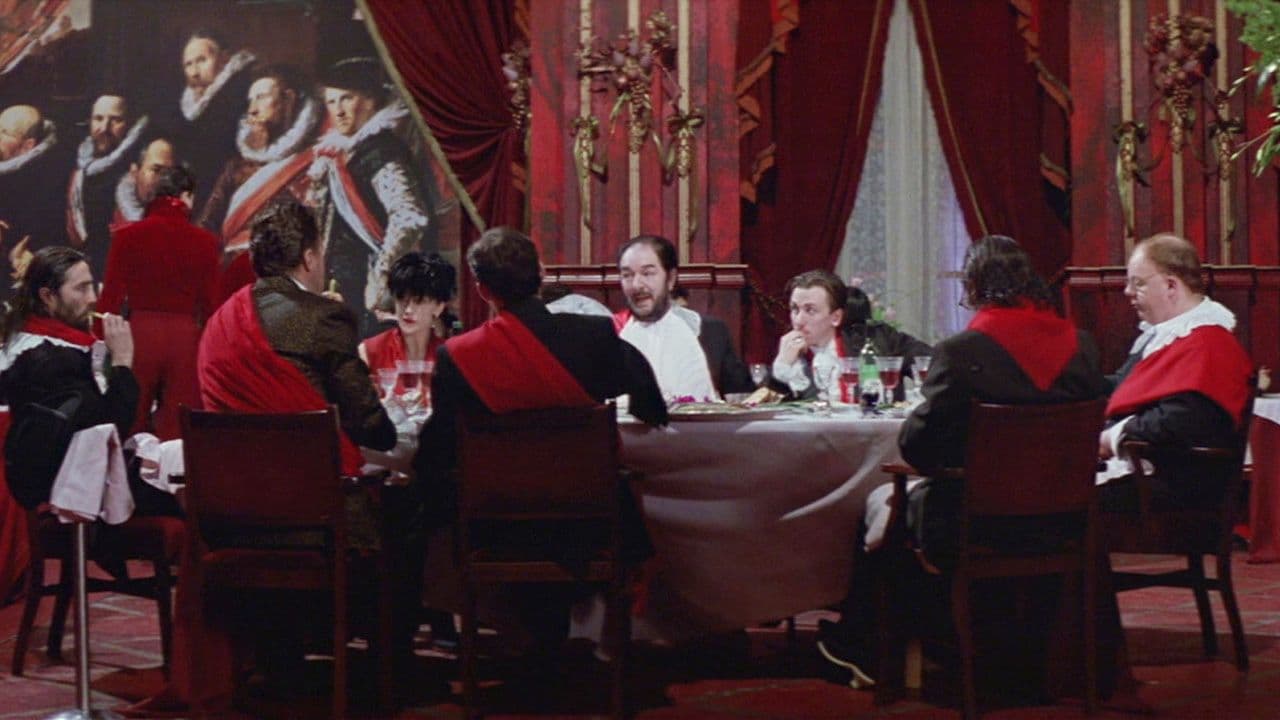
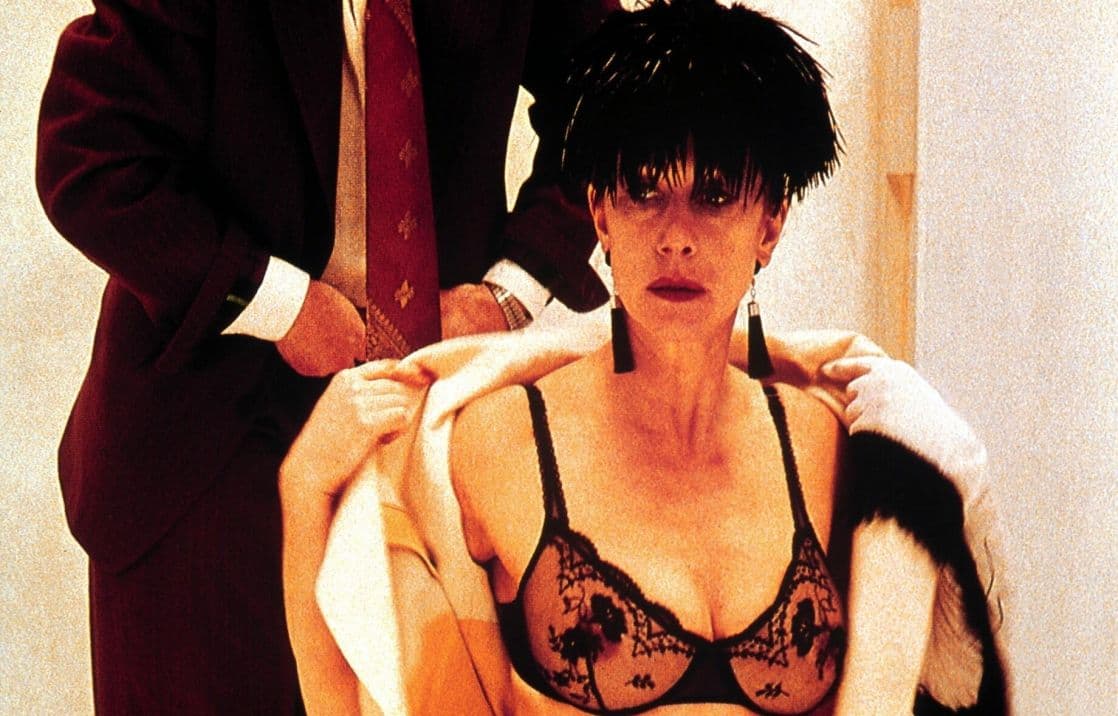
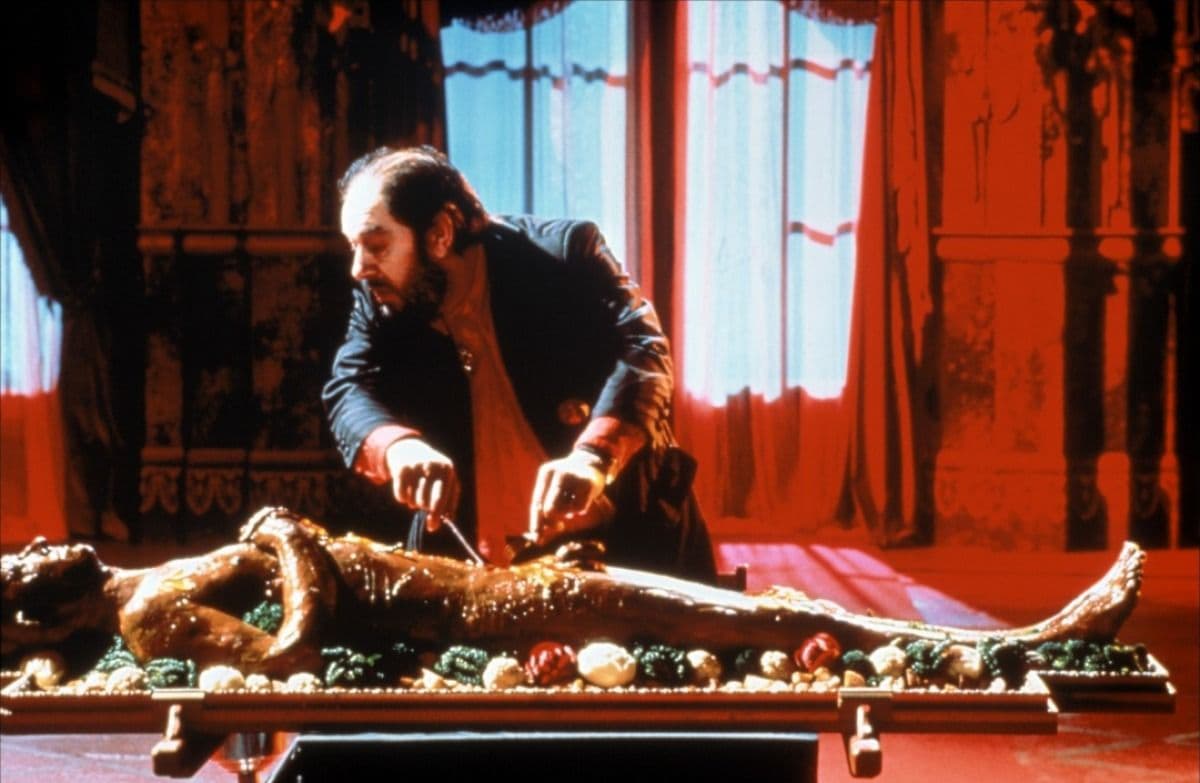

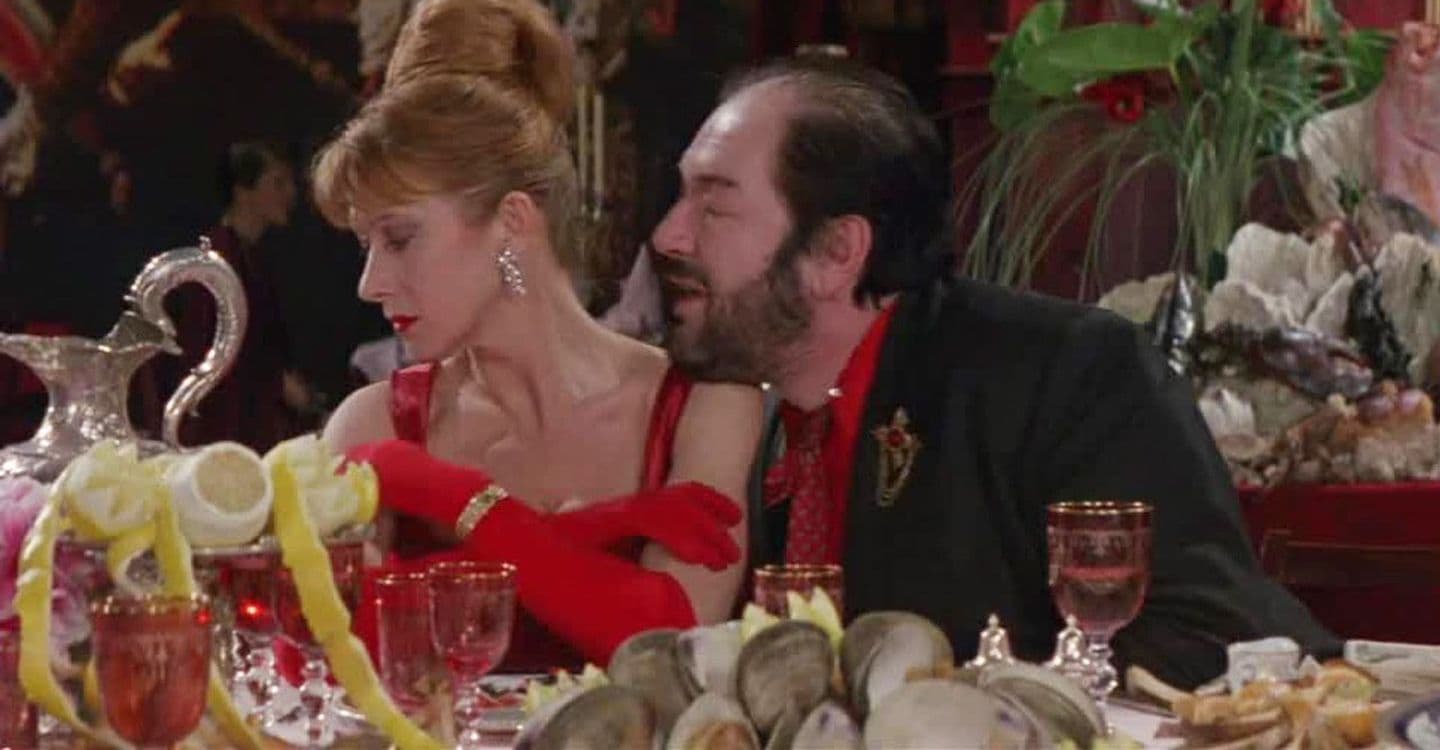
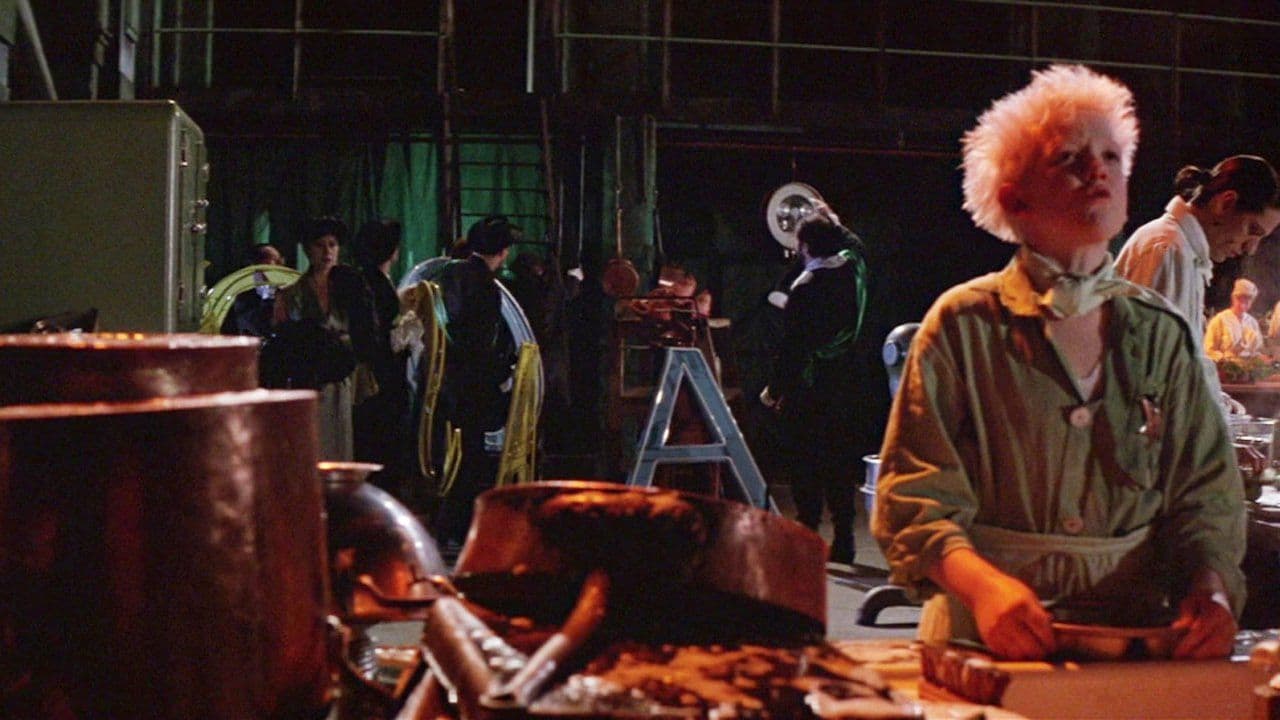
Featured Videos
Official Trailer
Comments
Loading comments...